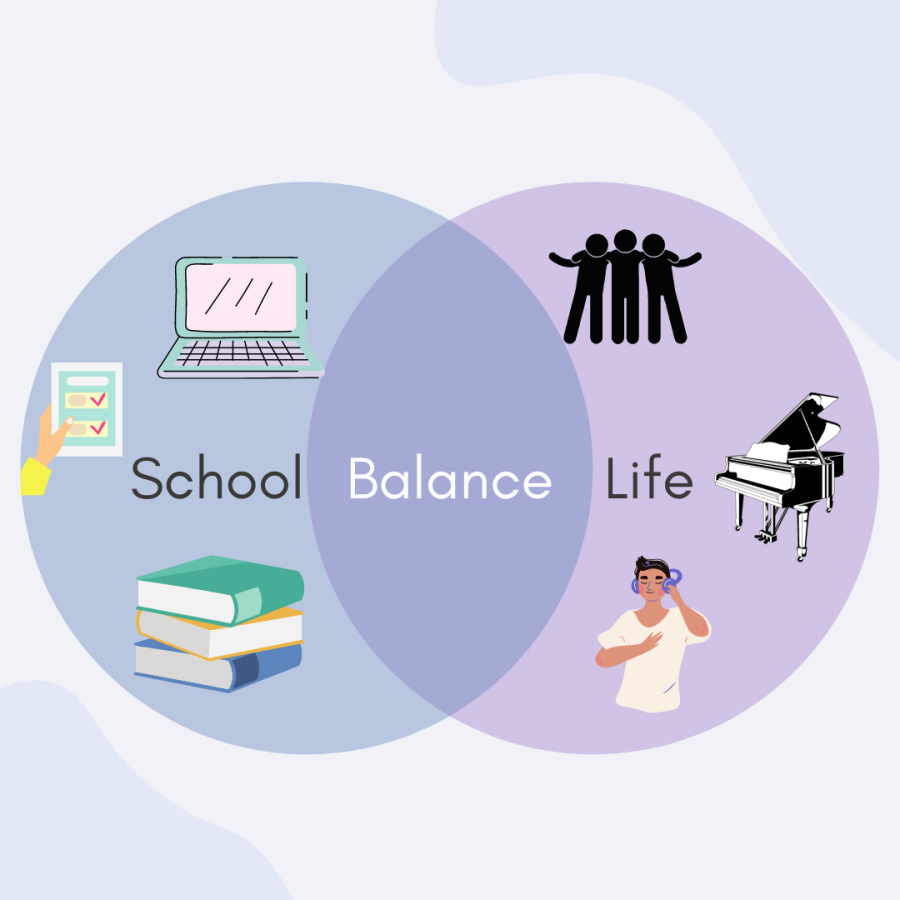Is Plexiglass the Answer?
December 21, 2020
The year 2020 brought us many surprises of events that we could have never guessed. People, organizations, restaurants, businesses, and schools have been put through many challenges. COVID-19 has been the cause of various changes, and many people are still adjusting to our new normal. As of Dec. 13, there are 5,661 COVID cases associated with South Carolina schools. Many schools are adjusting to these rising numbers by closing down and going fully virtual, but is that really the right answer?
As a 2020 Teacher Cadet, I was given the opportunity to visit a couple of elementary schools and middle schools in our Carolina Forest community to choose where I wanted to intern. I was able to see how some students were adjusting to social distancing, eating lunch in their classrooms, and some not getting to go to their elective classes.
For my internship, I chose to shadow a first-grade teacher. I began to notice that many of the children were struggling to read and write, but I thought this was normal. These young students are being stripped of their much-needed one-on-one time with their teachers. Learning how to read is one of the biggest steps in students’ education. If they don’t get the proper teaching at this age, how will this affect them in the long run? All of the second-grade standards are not going to change for the class of 2032 who can’t seem to learn to read. But how do we fix this? How can we get kids back in school five days a week following health guidelines?
South Carolina’s Education Superintendent Molly Spearman has sent $43 million of protective equipment to more than 1,300 schools in the state to help them open for in-person classes during the COVID-19 pandemic. The latest purchases include 300,000 sheets of Plexiglass. Spearman cited health experts as saying those barriers, when combined with masks, cut the distance needed to prevent the spread of COVID-19 in half to three feet. The sheets are going up between students at desks and tables.
As of Friday, Nov. 20, Aynor Elementary school was the first in Horry County to have plexiglass in their classrooms. As of the second week of December, Carolina Forest Elementary began getting their plexiglass.
Admitting it was really his decision to make, the Chairman of Horry County School Board made it clear what the intentions were of Horry County Schools after the district-wide winter break. “We aren’t spending 5 million dollars to leave the children sitting at home,” Ken Richardson said at Monday night’s board meeting.
But how can this be the right answer? All people see out of this decision is that students will be going back to school full time. No one thinks about the students in wheelchairs who can’t fit into the plexiglass cubicles. Some students even have anxiety or claustrophobia and can’t focus on small spaces. Parents are very worried about this decision and have a lot of concerns.
“What is it going to do to these kids psychologically?” local parent Katie Wood asked. She has two children in elementary school who will soon sit behind plexiglass shields. She worries if they’ll be able to hear or see as well from behind them. “As a parent who has children who wear glasses, my concern is if my students are in the back of the room; are they going to be able to see through three or four rows of plexiglass with black frames?” she said.
Meanwhile, some parents say if the plexiglass makes their children uncomfortable, they may rethink even sending them to school.
Is the plexiglass going to allow more students in school or push them to home school? Only time will tell, and we need to keep having hope that the pandemic will be over sooner than later.



































